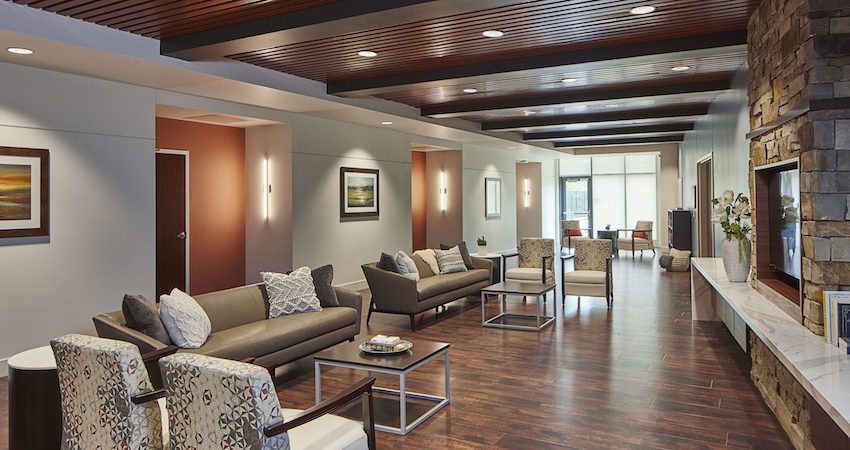Resilient Flooring & Materiality
Learning Objectives:
- Provide a process for developing Owner’s Project Requirements (OPR) for flooring products.
- Learn the project conditions for successful flooring installations.
- Learn the material ingredients in resilient flooring products.
- Examine product manufacturing processes and installation methods for resilient flooring products.
Credits:
This course is approved as a Structured Course
This course can be self-reported to the AANB, as per their CE Guidelines
Approved for structured learning
Approved for Core Learning
This course can be self-reported to the NLAA
Course may qualify for Learning Hours with NWTAA
Course eligible for OAA Learning Hours
This course is approved as a core course
This course can be self-reported for Learning Units to the Architectural Institute of British Columbia
When specifying products for the built environment, it is important to transparently understand the origin of material ingredients, how materials are used to produce finished products, and have background on the installation process and related priorities for a successful installation. In the planning project phase, the Owner’s Project Requirements (OPR) are identified with the client, design team, and other stakeholders. For each installed product, the OPR process identifies desired product service life, application of products for a specific use, and the performance characteristics required. A process for identifying the criteria for inclusion within the OPR is part of the program as it relates to the resilient flooring product category and each type will be reviewed to better understand the materiality and construction of each flooring type, including vinyl tile and sheet; luxury vinyl tile, plank, and rigid core product; linoleum tile and sheet; rubber tile and sheet; and cork tile.















